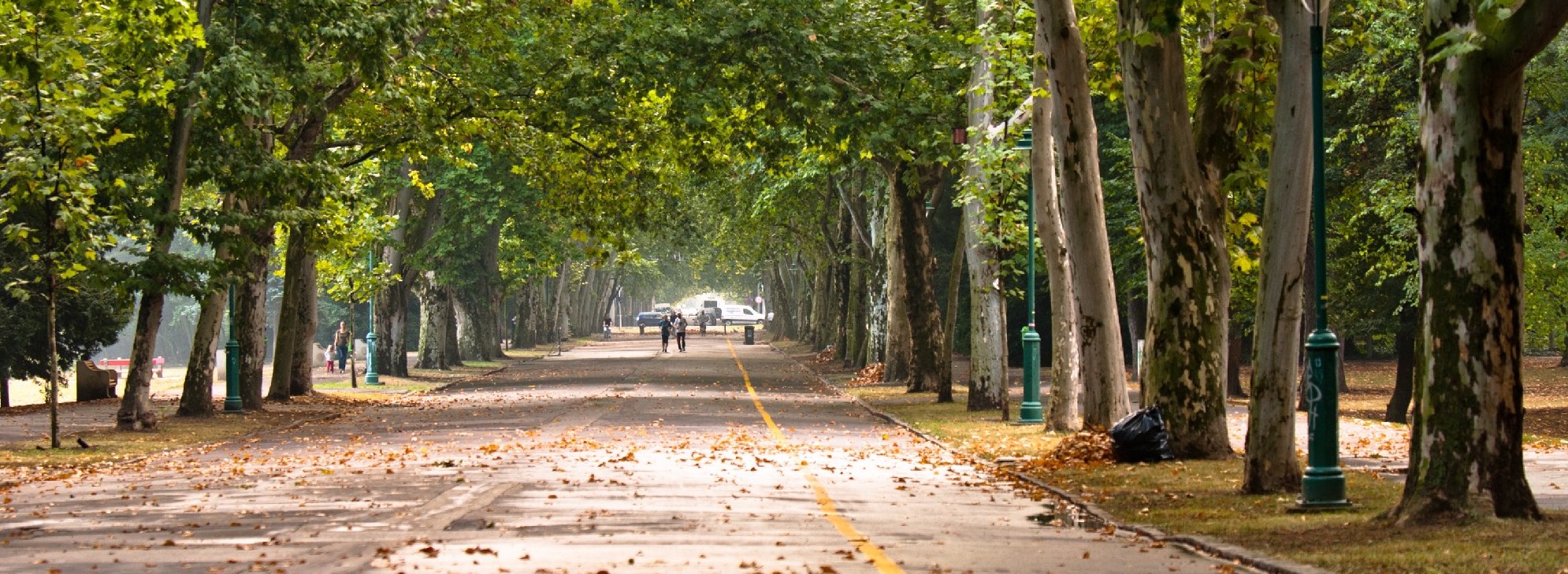Smart cities
Monitoring of PUBLIC AREAS through Artificial Intelligence.
Public areas monitoring and efficiency
WHAT IT DOES
- Automatically processes images of existing cameras;
- Transform camera images into metadata that describe the static and dynamic behavior of people and infrastructure;
- Generates automatic notifications and alarms when situations of interest or critical for security occur.


FEATURES
It provides information that video surveillance operators would not be able to derive continuously in real time, it also recognizes events much more complex than those manageable by any smart cameras on the market.
It creates augmented reality images in which it highlights the extracted data and criticalities detected, assists the supervision of the video surveillance operator allowing it to manage numerous cameras.
Finally it can be trained to recognize any circumstance that a person would be able to detect and is integrable with the Customer’s information system.
Monitoring vehicle flows on road
- Measurement of flow rate, speed and density of vehicles.
Measurement of lane occupancy rate and distance between vehicles.
Recognition of the type of vehicles in transit.
Parking management
- Vehicle counting when parked
- Free seat count
- Effective in parking spaces with places not bordered by stripes
Road surface state measurement
- Detection of safety conditions
- Edge cracking and breakage detection
- Longitudinal, transverse, block, and dc cracking detection
- Disintegration and detachment detection of inerts, subsidence
- Available for fixed or mobile camera

Vandalism detection
- Graffiti on walls and infrastructure
- Intentional damage to works and artefacts
- Sabotage of electrical cabins, technical cabinets, installations
Waste management and urban garbage
- Detection of abandoned waste in public areas
Measuring the cleanliness of streets, squares, parks, etc
Available for fixed or mobile vehicular camera
Monitor ing and safety
ing and safety
- Detection of overcrowding
- Detection of panic conditions
- People detection in critical areas
- Bivouac detection
- Threat and aggression detection
- Person detection on the ground
Vehicle monitoring and road safety
- License plate reading
- Detection of damaged vehicles
- Accident and obstacle detection
- Monitoring of pedestrian crossings
Monitoring flows of people
- Flow and velocity measurement of human flows
- Measuring the density of pedestrian flows
- Age, gender and type of actions performed
- Detect vandalism in real time
- Provide real-time information on the quantity, type and behavior of people waiting at bus stops to optimize the service and for the possible profiling of information and advertising content
- Provide a dashboard of statistical data on quantities and types of people waiting at bus stops to improve the effectiveness and safety of the public service
the technological architecture
All processing is performed by a single hardware device: the Video Sensor. It automatically processes real-time images of surveillance cameras, even existing ones. The Video Sensor is placed in a street cabinet at the cameras (edge mode) or in a remote data center (cloud mode).
It is possible to train the Video sensor to recognize any event, in fact we have:
- Neural networks for pose estimation, segmentation, classification, object detection and analysis of space-time relationships between people and objects
- Tools and methods for re-learning neural networks for new applications
- Scalable and modular edge and cloud processors
- Cloud infrastructure for system monitoring and remote management
- Software in the cloud or on a local device to provide value-added services through apps and web services: alarm consulting, event management and notification, API for integration, etc.
Ask for information
PHONE
+39 329 448 9233
+39 0432 84381

